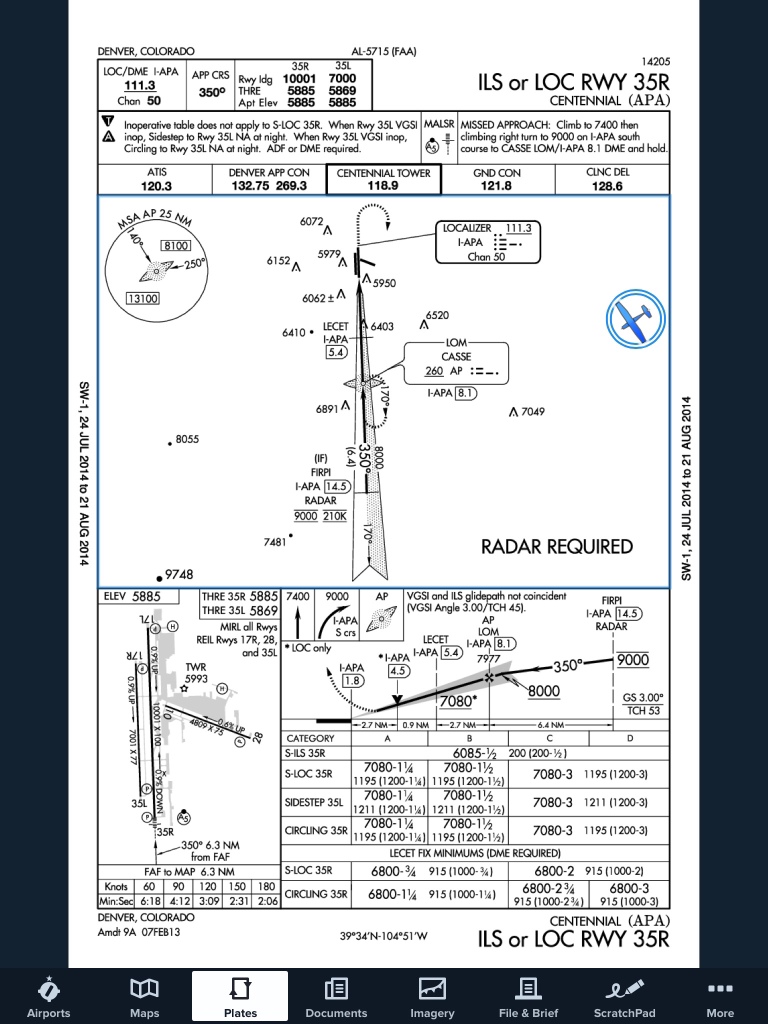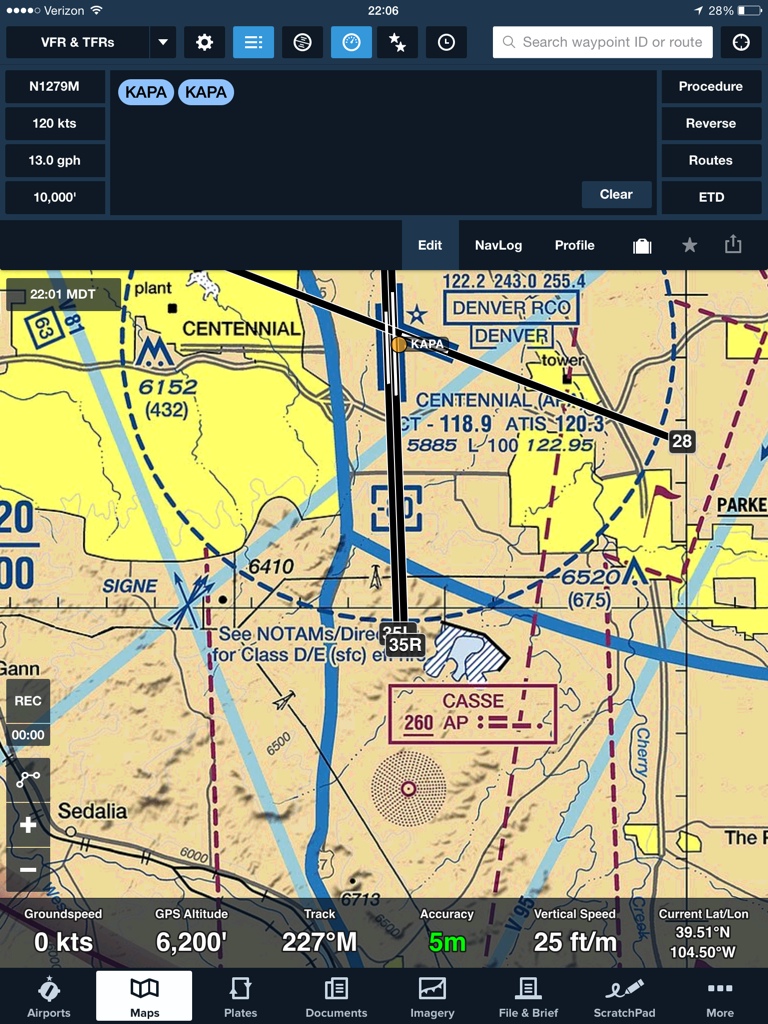AcroGimp
Cleared for Takeoff
I may actually join a local flying club that has several DA40's and Cirrus SR-22's with the G1000 in them to get some TAA exposure and higher-end travel options and am interested in observations, impressions and recommendations/tips on preparing for these integrated EFIS systems.
I am familiar with the G430/530 (flight experience) and the G500/600 (took the CAP ground school and have the excellent PC trainer which I play with semi regularly) as well as the excellent Carenado Malibu PropJet on Flight Simulator X (FSX), and I have an extremely well done SR-22 GTSx add-on in FSX that accurately emulates 90-95% of the G1000 Perspective from Cirrus.
Any input is appreciated.
'Gimp
I am familiar with the G430/530 (flight experience) and the G500/600 (took the CAP ground school and have the excellent PC trainer which I play with semi regularly) as well as the excellent Carenado Malibu PropJet on Flight Simulator X (FSX), and I have an extremely well done SR-22 GTSx add-on in FSX that accurately emulates 90-95% of the G1000 Perspective from Cirrus.
Any input is appreciated.
'Gimp



 it was good for precision where you had it.
it was good for precision where you had it.